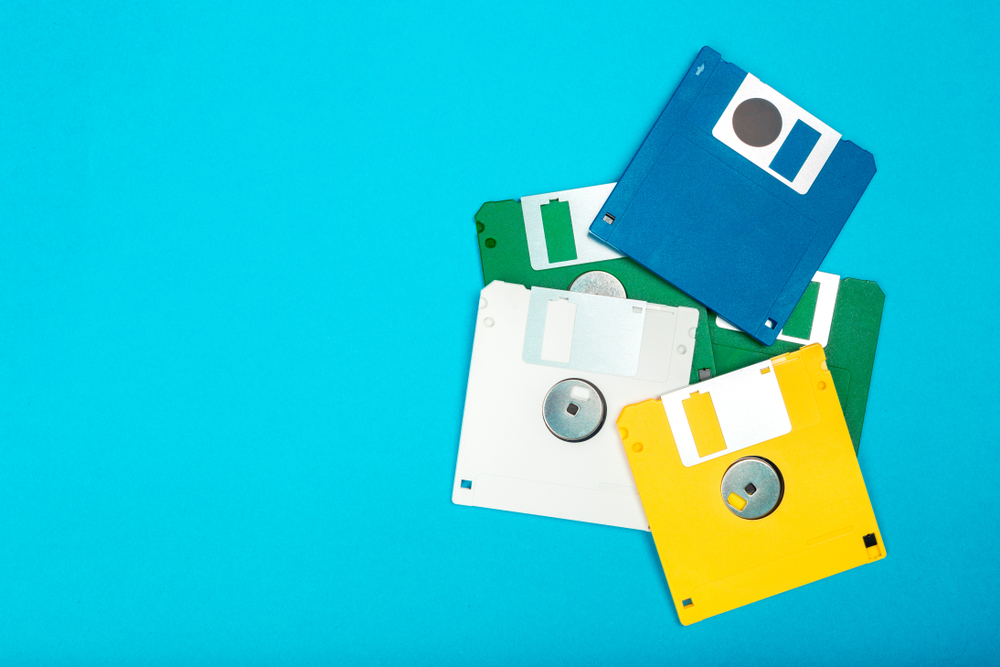 In the world of tech history, MS-DOS seems archaic and simplistic to the untrained eye — a command-prompt today’s “digital natives” wouldn’t recognize, let alone appreciate. Of course, the GUIs of today wouldn’t exist without MS-DOS, which was born out of the need for a Plan B and is intricately linked with the rise of Microsoft.
In the world of tech history, MS-DOS seems archaic and simplistic to the untrained eye — a command-prompt today’s “digital natives” wouldn’t recognize, let alone appreciate. Of course, the GUIs of today wouldn’t exist without MS-DOS, which was born out of the need for a Plan B and is intricately linked with the rise of Microsoft.
In 1980, Bill Gates and Paul Allen had entered into a partnership with IBM and needed to provide an operating system for the PC, which would run on the Intel 8086 processor. The company Digital Research had developed an OS, CP/M-86, that worked on Intel 8086/8088 processors. In a big negotiation misstep, Digital Research and IBM hadn’t been able to reach terms on licensing.
IBM turns to Microsoft
In April 1980, Seattle Computer Products — the Microsoft partner that had released the Intel 8086 as a cost-effective version of the 8088 motherboard — had developed what it called QDOS, for “Quick and Dirty Operating System.” SCP’s Tim Paterson called Allen to tell him about QDOS just in case it might interest Microsoft.
Gates recognized that is was the right solution to their OS problem, and on July 27, 1981, Microsoft bought the rights to QDOS for $25,000. Microsoft ultimately settled out of court with SCP in litigation over whether Microsoft had concealed its partnership with IBM in order to purchase QDOS cheaply.
Microsoft renamed QDOS “PC-DOS,” and it shipped with the IBM PC in August 1981 — but only as a product licensed to IBM by Microsoft. In another negotiation misstep, it wasn’t an exclusive license, allowing Microsoft to create “MS-DOS” for PC clones.
Photo: FabrikaSimf / Shutterstock.
